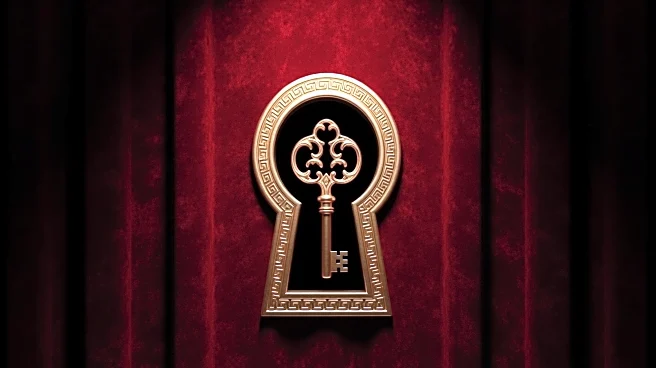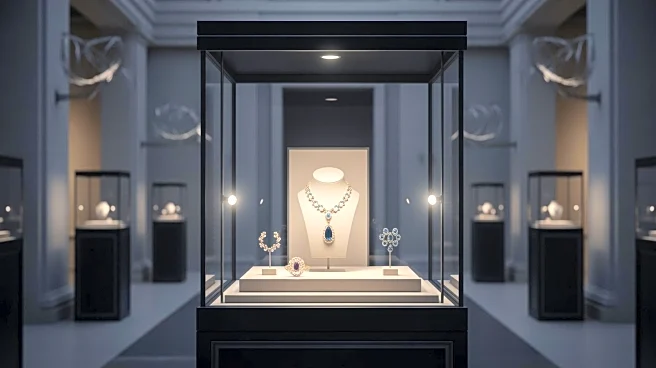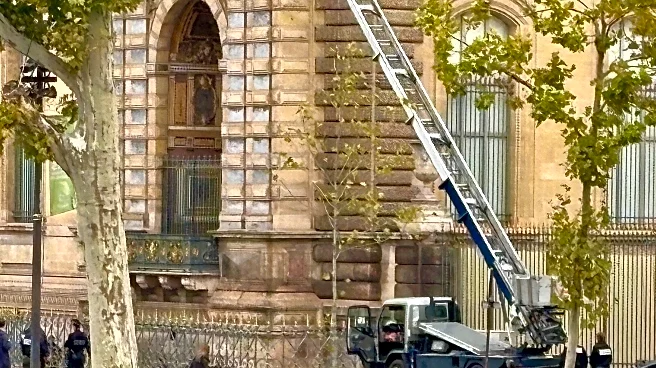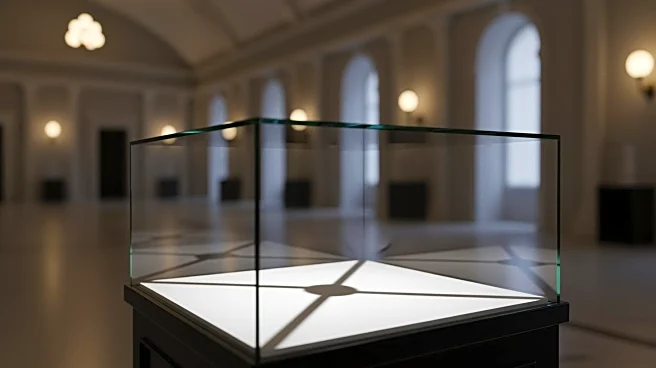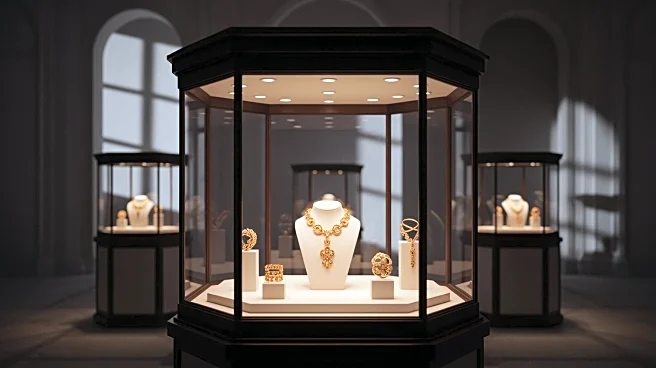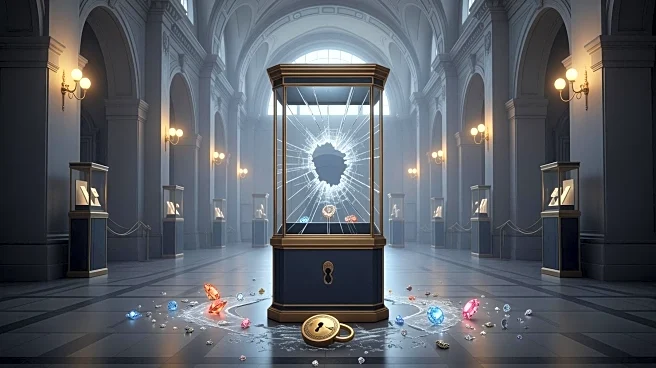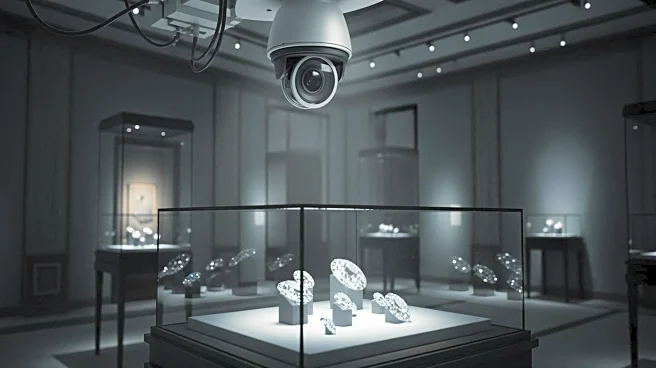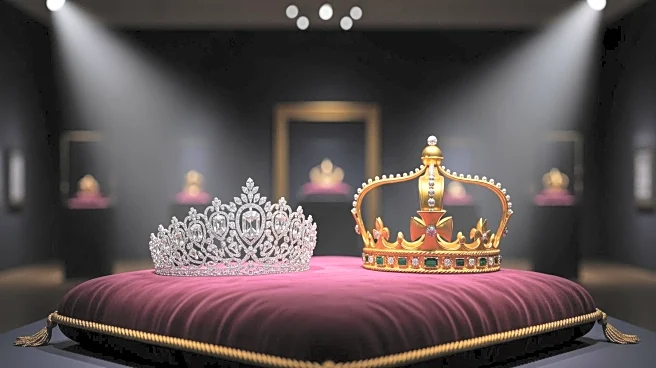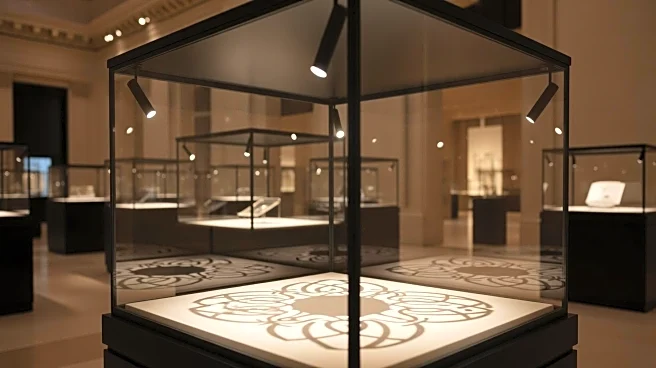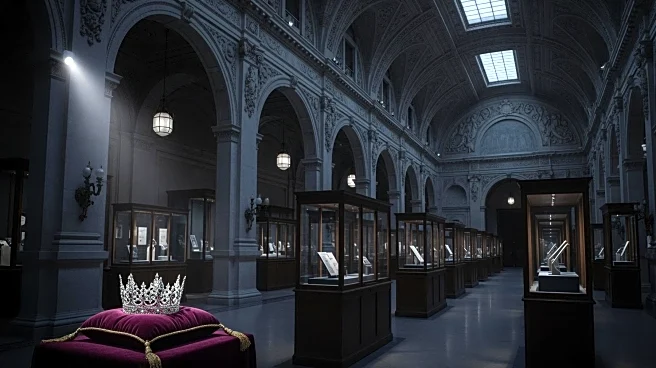What's Happening?
The Louvre Museum in Paris experienced a significant security breach when thieves executed a seven-minute heist, stealing jewelry of immense historical value from the Apollo Gallery. The stolen items included pieces belonging to Queen Marie-Amélie, Queen Hortense,
Empress Marie-Louise, and Empress Eugénie. Although the crown of Empress Eugénie was recovered, it was found damaged outside the museum. The incident led to the evacuation of visitors and closure of the museum for the remainder of the day. This event adds to the Louvre's ongoing challenges, including overcrowding and deteriorating infrastructure, as highlighted in a recent memo from the museum's president to the French Culture Minister.
Why It's Important?
The theft underscores significant security vulnerabilities at one of the world's most visited museums, raising concerns about the protection of cultural heritage. The Louvre's ability to safeguard its collections is crucial not only for preserving history but also for maintaining its reputation as a leading cultural institution. The heist may prompt a reevaluation of security measures, potentially affecting tourism and the museum's operational strategies. With U.S. tourists comprising a significant portion of visitors, any changes in security protocols or visitor experience could have international implications.
What's Next?
In response to the heist, the Louvre may need to implement enhanced security measures to prevent future incidents. This could involve technological upgrades, increased staffing, or structural changes to better protect its collections. The museum's ongoing renovation plans, including a dedicated room for the 'Mona Lisa,' may also be accelerated to address overcrowding and infrastructure issues. Stakeholders, including government officials and cultural preservationists, are likely to engage in discussions about funding and support for these initiatives.
Beyond the Headlines
The heist highlights broader issues of cultural preservation and the challenges faced by historical institutions in balancing accessibility with security. Ethical considerations regarding the protection of cultural artifacts may lead to debates on the responsibilities of museums in safeguarding history. Long-term, this incident could influence global standards for museum security and visitor management.


